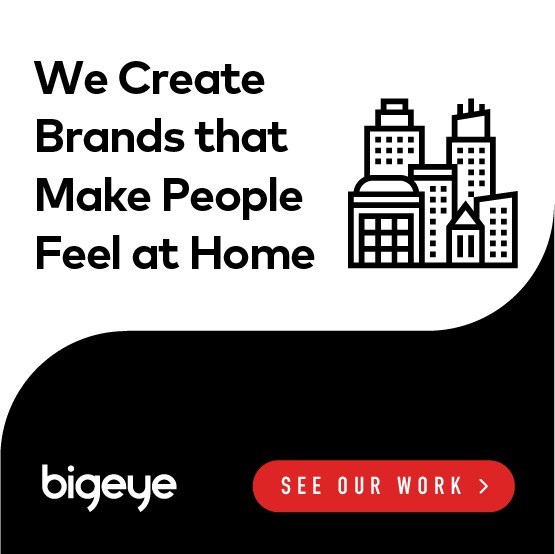
A proven technique for expanding audience for multifamily property developers, look-alike modeling should be a key component of any advertising campaign.
Look-alike modeling defined
Look-alike modeling certainly isn’t a new technique on the modern marketing landscape, but far too many multifamily developers and apartment complex owners fail to grasp just how valuable it can be when it comes to broadening their marketing audience base and spurring overall renter conversions.
Briefly defined, look-alike modeling regards your current consumer base as a “seed audience” that can be used to cultivate a far larger audience base while mainlining highly relevant and precise target marketing practices. In other words, a skilled marketing professional will begin to create a look-alike model by analyzing your existing target audience and identifying individual consumers of exceptionally high value. The specific characteristics and behaviors of these consumers can then be used as a template in efforts to reach out to similar individuals that lie beyond the limited purview of your existing marketing efforts.
The prevalence and effectiveness of look-alike modeling
As reported in the leading sales and marketing medial outlet Business 2 Community, a 2014 study by eXelate determined that a 73 percent of American advertising agencies and 64 percent of advertisers regularly employ look-alike modeling to “enhance their targeting marketing focus.” Furthermore, among the advertising agencies that actively engage in the technique, roughly half say that it improved the overall performance of their marketing campaigns by 100 to 200 percent.
Although no other qualified marketing industry resource has released a comprehensive survey of look-alike modeling since this most recent eXelate report, it is safe to assume that the practice has only expanded and become more effective thanks to the continuing evolution of marketing standards and improvements in digital technology.
The complex nature of the look-alike modeling process
As we have previously discussed, the look-alike modeling process begins when a qualified professional isolates the most valuable members of an existing marketing audience and analyzes their defining attributes. This requires a great deal of expertise because, among other potential problems, marketers who focus on the wrong consumer attributes are bound to skew final look-alike modeling results and set the process off in a decidedly less fruitful direction.
GlobalWide Media Analytics Manager Zackary Cantor offered a perfect example of this issue in a recent article for the leading global performance marketing publication PerformanceIN. Detailing look-alike modeling work that he undertook for an apartment rental site that sought to boost overall numbers of online rental applications, he demonstrated the need to value certain consumer attributes far more than others.
While many look-alike modeling processes simply look for overlaps in general characteristics and behaviors among different consumer profiles, Cantor quickly realized that this particular model had to pay closer attention to profile attributes for home ownership. Even prospective new audience members who share many attributes in common with the ideal target consumer were “very unlikely” to submit a rental application if they showed a propensity toward home ownership.
Look-alike modeling guidelines
The intricate nature of look-alike modeling makes it truly effective only in the hands of highly experienced of digital marketing professionals. But how can you tell if your multifamily developer marketing agency has what it takes to produce the look-alike modeling results that you seek? Here are just a couple of guidelines for securing the very best look-alike modeling services available:
- Pay close attention to any negative predictors – A strong propensity toward home ownership is only one of may potential negative predictors that can easily trump a whole host of commonalities between the most valuable members of your existing marketing audience and the expanded audience base that you want. It is absolute vital to place all data in proper context when determining consumer similarities and differences in order to identify strong negative predicators and give them the appropriate weight in your final look-alike model.
- Insist on full look-alike model transparency – We have already examined the ways in which the underlying elements of a less than optimal look-alike modeling framework can lead to less than desirable results. If your marketing agency can’t give you a basic understanding of the predictive modeling method that they are employing on your behalf, you may want to look elsewhere for your look-alike modeling needs.
How Bigeye can help
If you’re looking for a multifamily developer marketing agency with extensive expertise in look-alike modeling and other techniques that can expand your potential customer base and drive prospective renters to your door, contact a skilled and knowledgeable Bigeye representative today.




